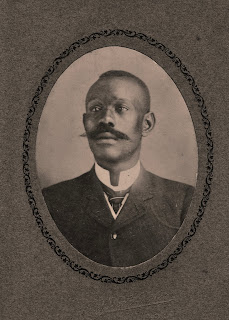 |
| Chase LaCoste Photo Credit: Antoinette Harrell |
There is a huge lack of interest in history and genealogical studies in our youth. While our youth embrace technology, "the question is are they using the technology to learn about their history and culture?"We must find creative ways to teach them about their history and the historic contributions their ancestors and family have made to the society they live in.
One of the many tools I use to teach my grandchildren about their history is visiting the local museums and library. There are many fun and educational learning activities that will help encourage them to learn more. When we plan a museum field trips we make a day out of it. For starters, we get the map out to manually find the highway and roads we will take to get to the museum. We search for other historic places to visit while we are there. The children use their technology gadgets to answer the following questions;
Where is the museum located?
What can we find in the museum?
Are there any exhibitions on display?
How long would it take to see the museum?
Can we take pictures at the museum?
How long does it take to get there?
Are there any rivers, or lakes to cross?
Recently I made another donation to my collection at the Center for Southeast Louisiana Studies and my sons were part of this historic occasion. While driving we were talking about the collection and why I decided to donate the items. They understood the importance of me preserving history that involves them. It's never too early them about their history and allow them to ask questions. If you don't have the answers, this is a good time to learn and explore together.
My grandson was delighted to be a part of this historic event. The smile on his face tells it all. While they were waiting for me to finish signing the forms for my donation. Chase and the two other boys visit the World War II Exhibition at the Center.







